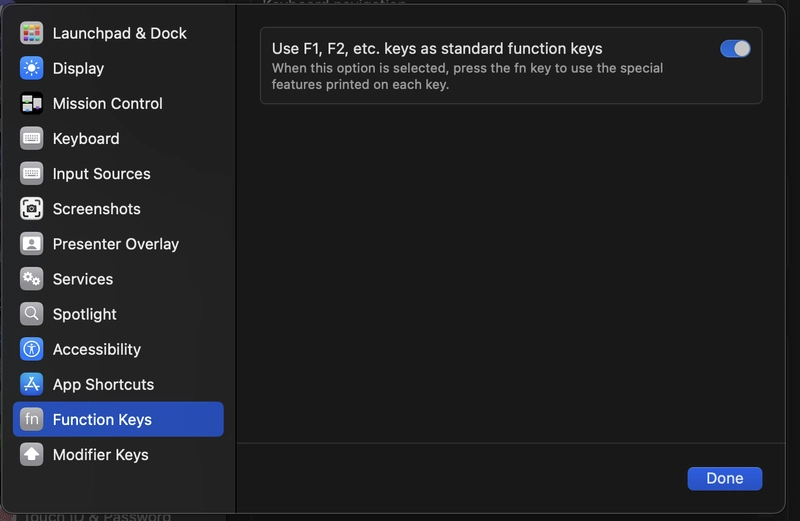Common Painting Mistakes with 3D Prints (and How to Avoid Them)
Painting 3D prints is one of the most rewarding steps in the printing process — but it’s also where many great models get ruined. Whether you’re working on cosplay pieces, tabletop miniatures, or functional parts, the finish can make or break your final result. In this guide, we’ll walk through the most common painting mistakes people make with 3D printed models, and how you can avoid them for a clean, professional-looking finish every time. 1. Skipping Surface Preparation One of the biggest beginner mistakes is diving straight into painting without properly preparing the surface of the 3D print. Most prints come out of the printer with visible layer lines, tiny imperfections, or leftover support marks. If you apply paint directly to that surface, it will only emphasize these flaws. How to avoid it: Lightly sand the surface with fine-grit sandpaper (220 to 400 grit is a good starting point).Use filler primer or putty to smooth out deep grooves or gaps.Clean the surface with isopropyl alcohol (IPA) to remove dust, oils, or residue before painting. 2. Not Using a Primer Skipping primer is one of the most common and damaging mistakes in 3D print painting. Primer does more than just prep the surface — it helps paint adhere better, reveals flaws that sanding missed, and ensures even color application. Without primer, your paint may bead, peel, or flake off over time, especially on materials like PLA or resin.

Painting 3D prints is one of the most rewarding steps in the printing process — but it’s also where many great models get ruined. Whether you’re working on cosplay pieces, tabletop miniatures, or functional parts, the finish can make or break your final result.
In this guide, we’ll walk through the most common painting mistakes people make with 3D printed models, and how you can avoid them for a clean, professional-looking finish every time.
1. Skipping Surface Preparation
One of the biggest beginner mistakes is diving straight into painting without properly preparing the surface of the 3D print.
Most prints come out of the printer with visible layer lines, tiny imperfections, or leftover support marks. If you apply paint directly to that surface, it will only emphasize these flaws.
How to avoid it:
Lightly sand the surface with fine-grit sandpaper (220 to 400 grit is a good starting point).Use filler primer or putty to smooth out deep grooves or gaps.Clean the surface with isopropyl alcohol (IPA) to remove dust, oils, or residue before painting.
2. Not Using a Primer
Skipping primer is one of the most common and damaging mistakes in 3D print painting. Primer does more than just prep the surface — it helps paint adhere better, reveals flaws that sanding missed, and ensures even color application.
Without primer, your paint may bead, peel, or flake off over time, especially on materials like PLA or resin.




























![[Webinar] AI Is Already Inside Your SaaS Stack — Learn How to Prevent the Next Silent Breach](https://blogger.googleusercontent.com/img/b/R29vZ2xl/AVvXsEiOWn65wd33dg2uO99NrtKbpYLfcepwOLidQDMls0HXKlA91k6HURluRA4WXgJRAZldEe1VReMQZyyYt1PgnoAn5JPpILsWlXIzmrBSs_TBoyPwO7hZrWouBg2-O3mdeoeSGY-l9_bsZB7vbpKjTSvG93zNytjxgTaMPqo9iq9Z5pGa05CJOs9uXpwHFT4/s1600/ai-cyber.jpg?#)














































































































































![[The AI Show Episode 144]: ChatGPT’s New Memory, Shopify CEO’s Leaked “AI First” Memo, Google Cloud Next Releases, o3 and o4-mini Coming Soon & Llama 4’s Rocky Launch](https://www.marketingaiinstitute.com/hubfs/ep%20144%20cover.png)





































































































































































































![Rogue Company Elite tier list of best characters [April 2025]](https://media.pocketgamer.com/artwork/na-33136-1657102075/rogue-company-ios-android-tier-cover.jpg?#)







































































_Andreas_Prott_Alamy.jpg?width=1280&auto=webp&quality=80&disable=upscale#)





































































































![Apple Watch Series 10 Back On Sale for $299! [Lowest Price Ever]](https://www.iclarified.com/images/news/96657/96657/96657-640.jpg)
![EU Postpones Apple App Store Fines Amid Tariff Negotiations [Report]](https://www.iclarified.com/images/news/97068/97068/97068-640.jpg)
![Apple Slips to Fifth in China's Smartphone Market with 9% Decline [Report]](https://www.iclarified.com/images/news/97065/97065/97065-640.jpg)



































































































































